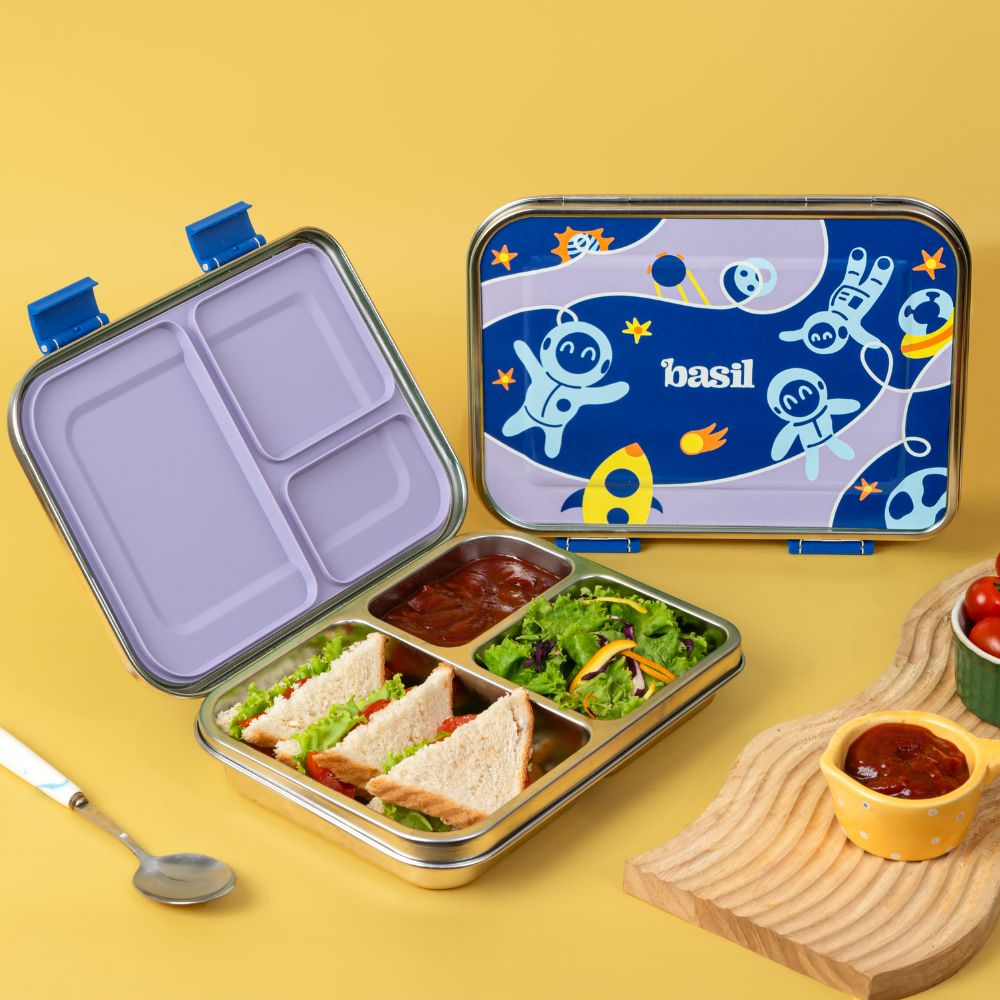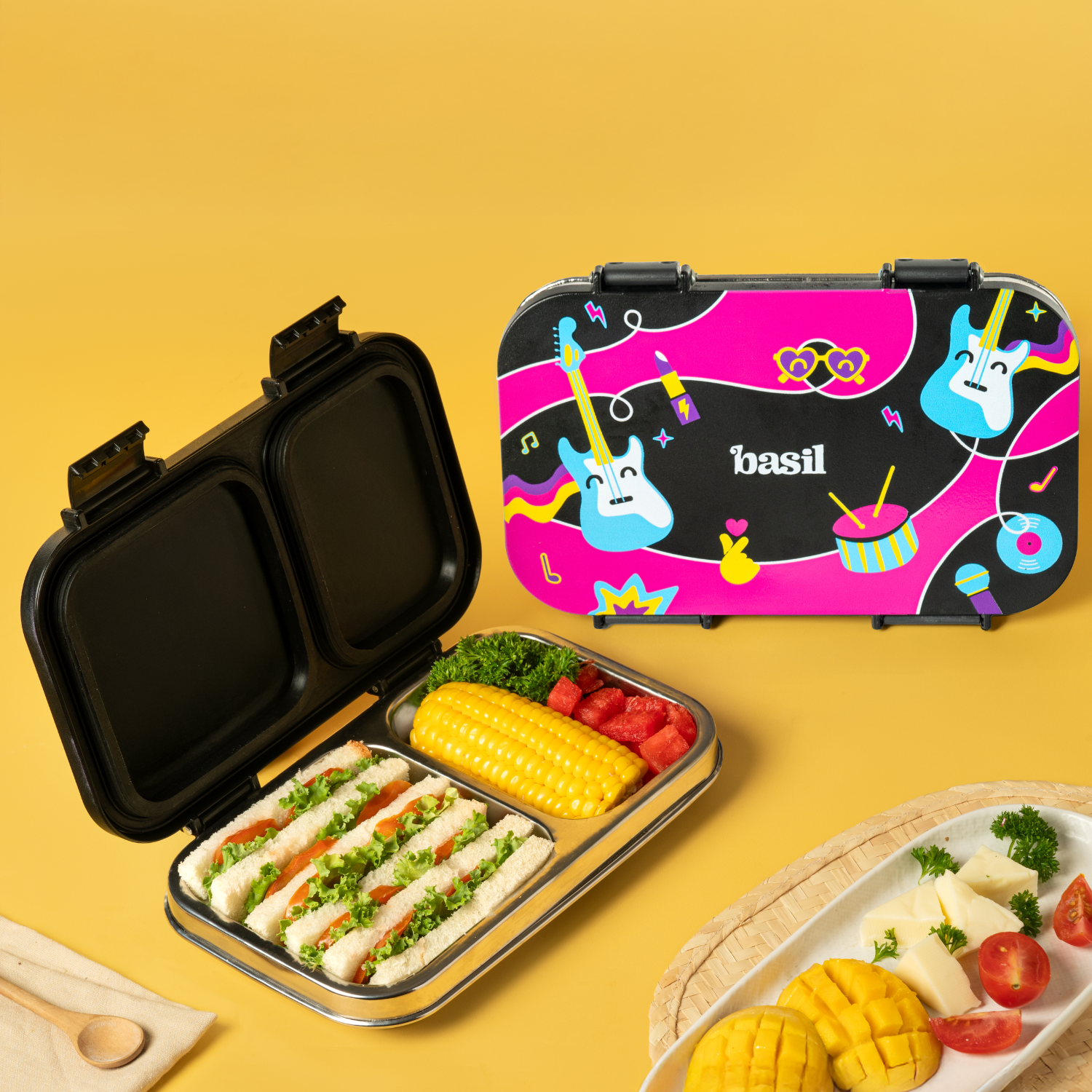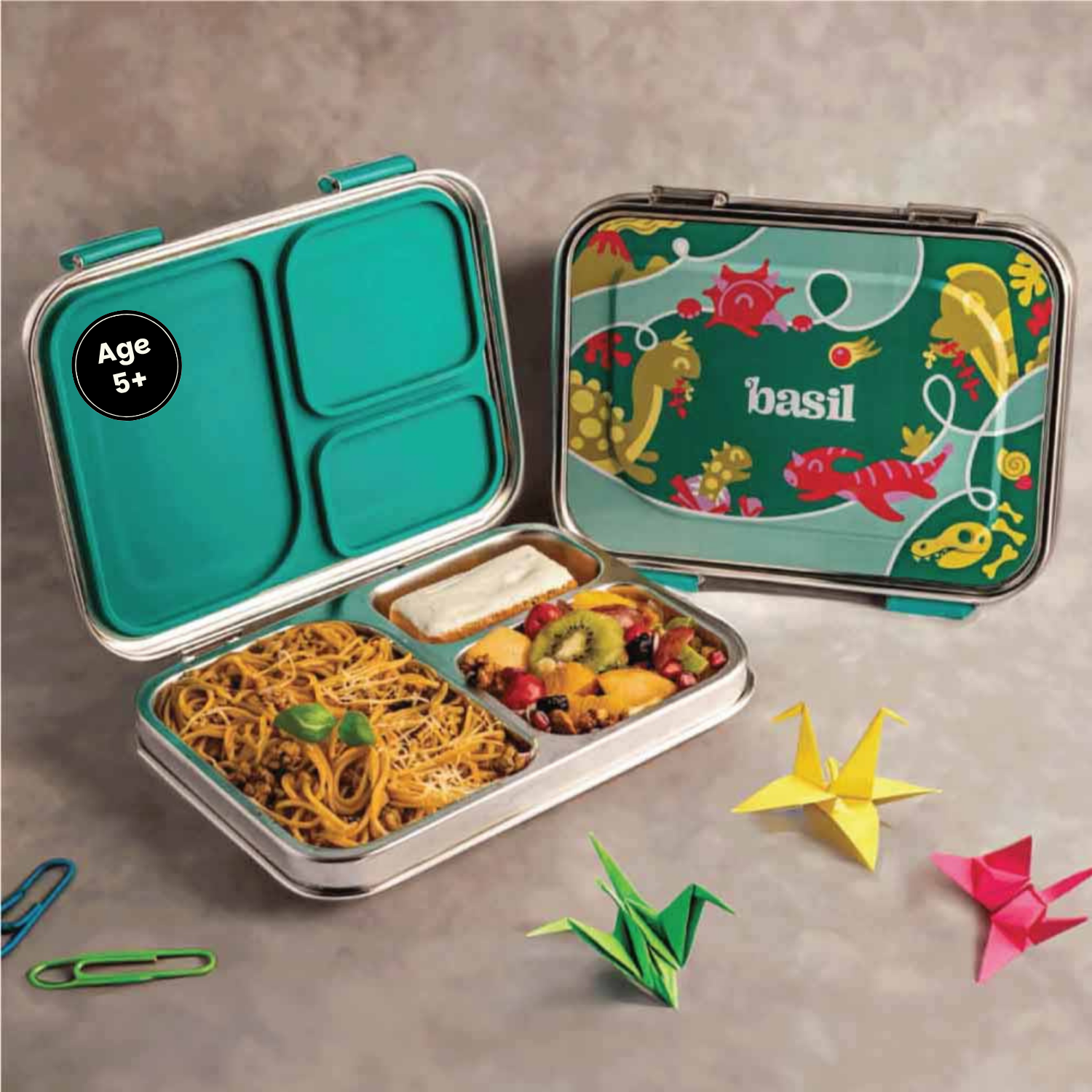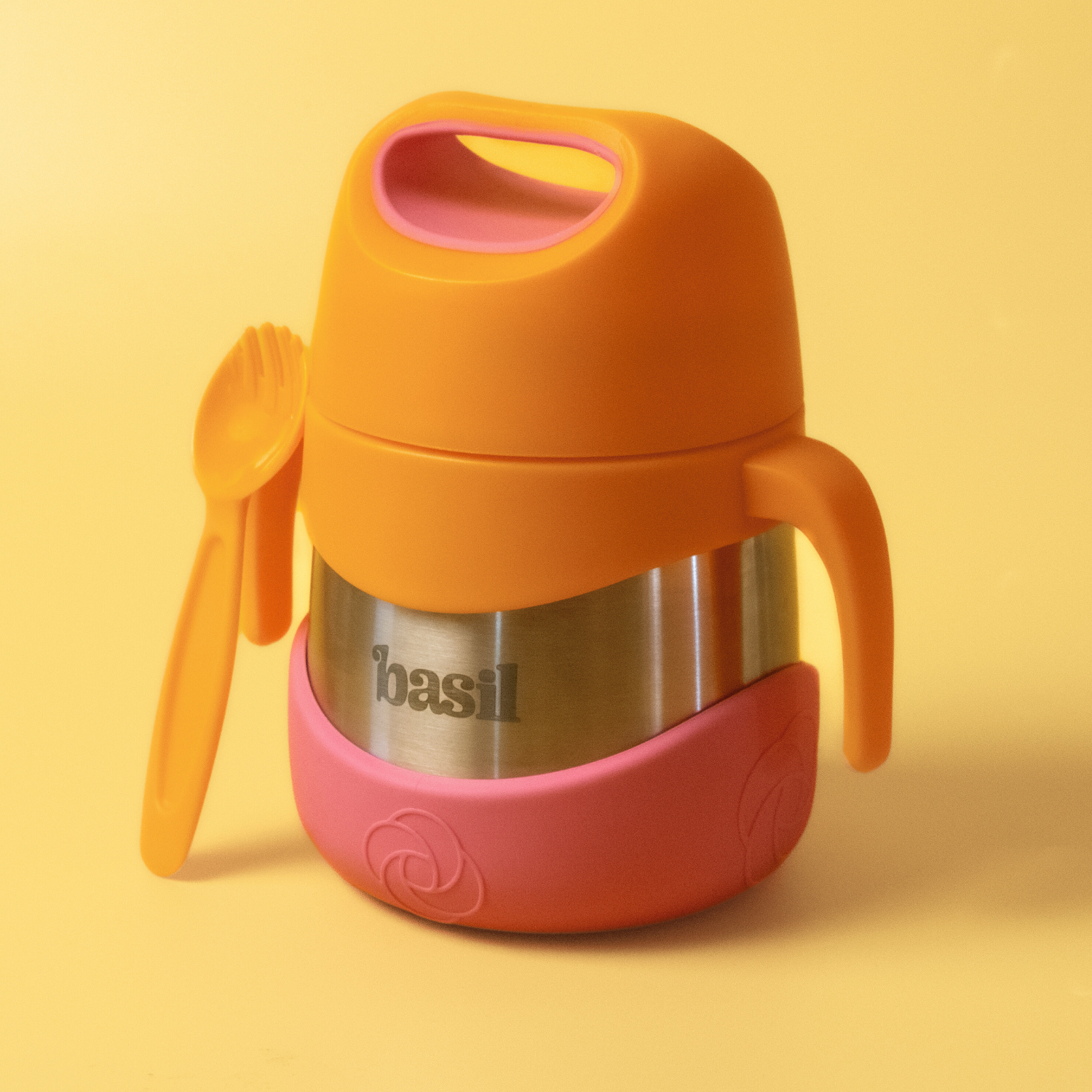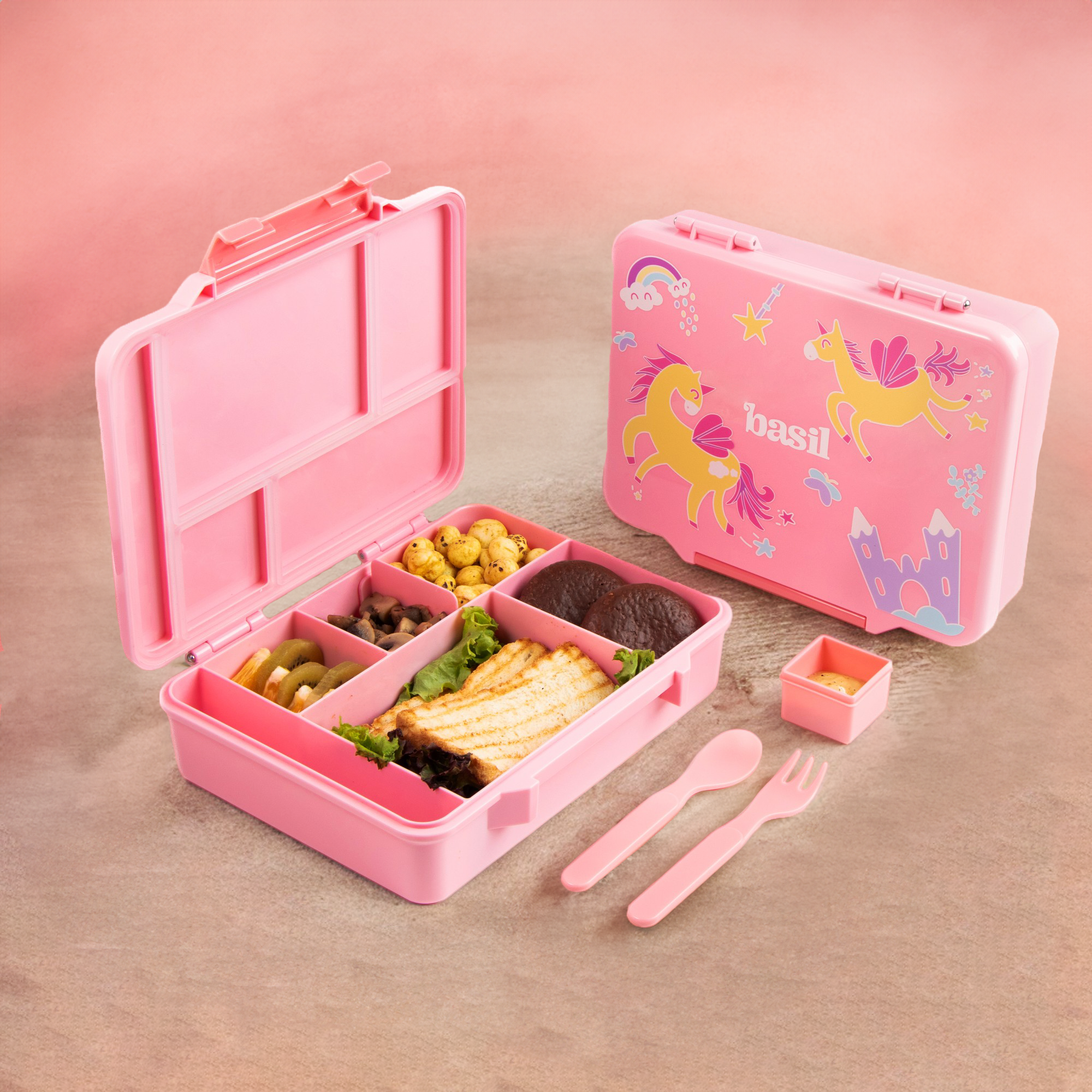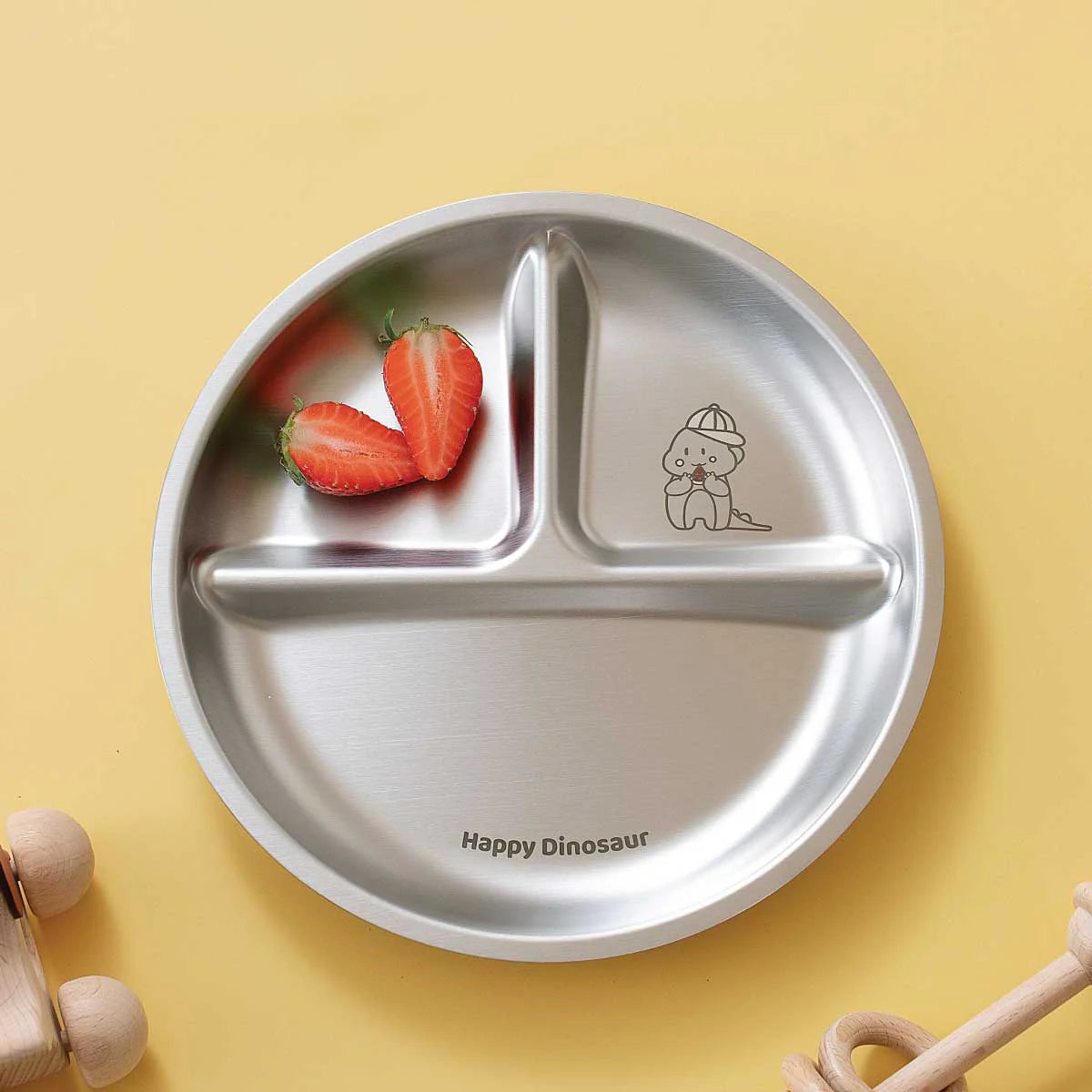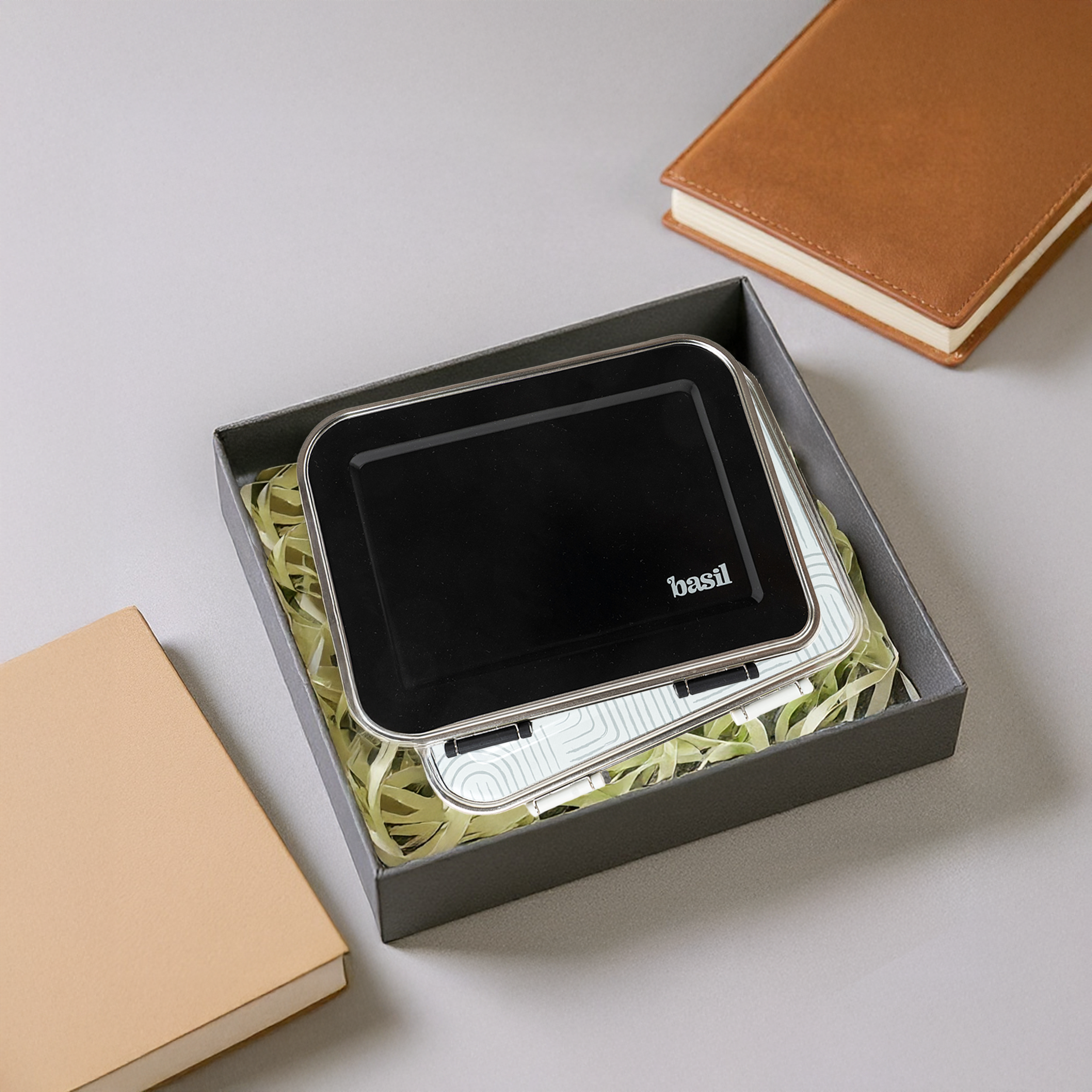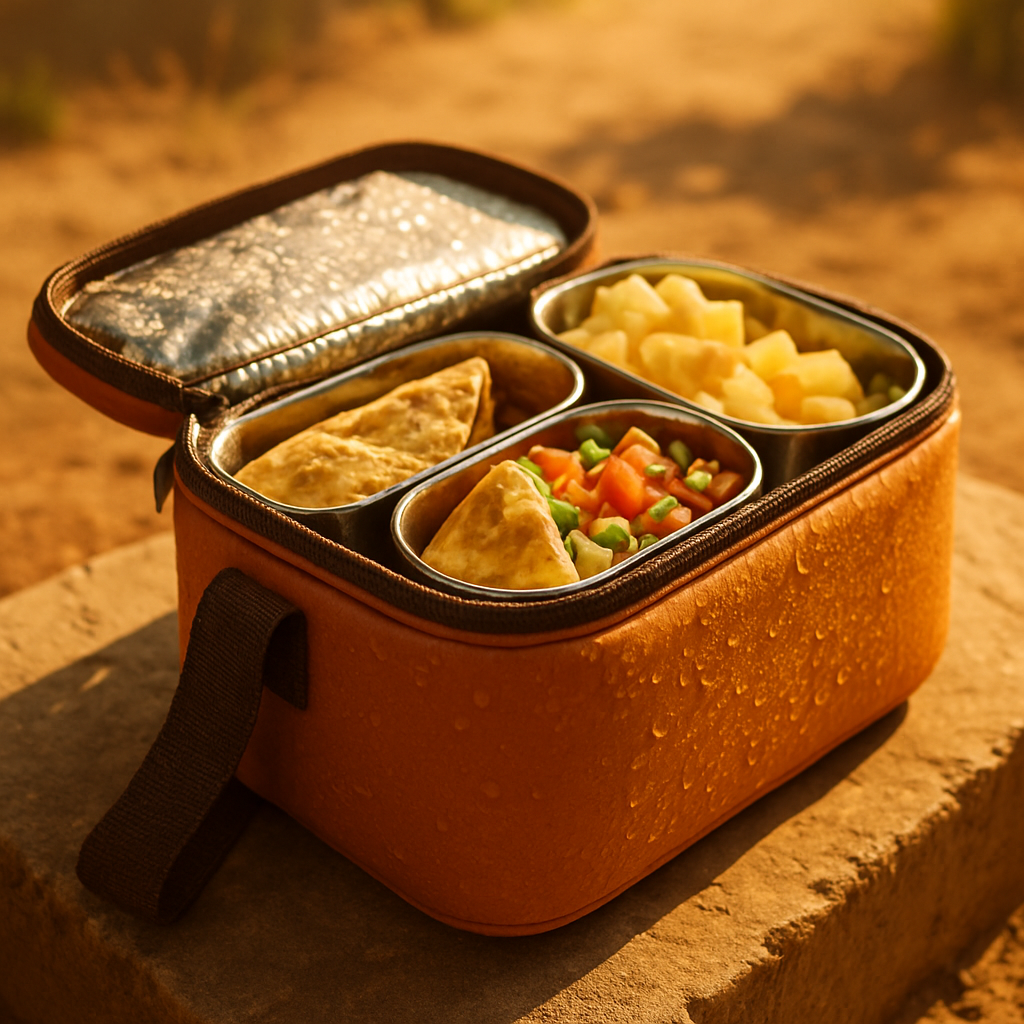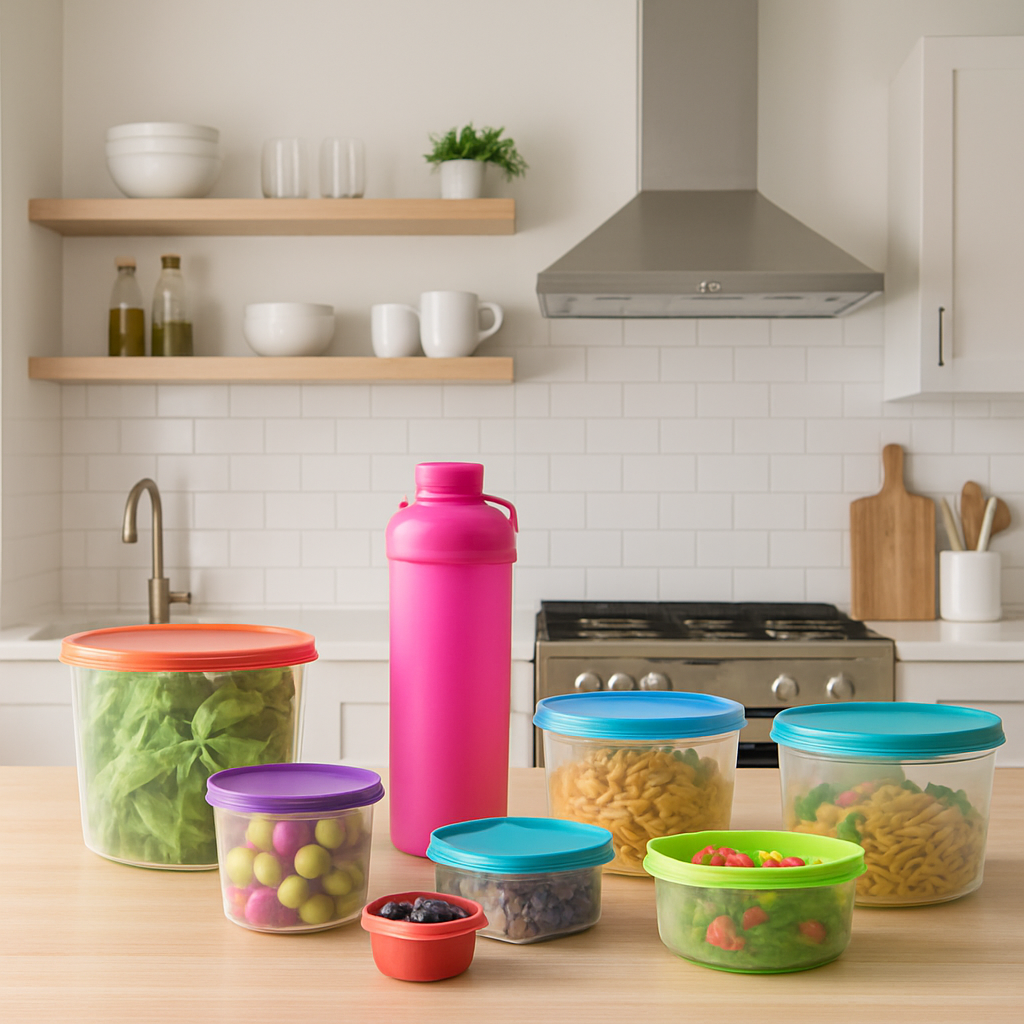How to Clean Steel Utensils: A Comprehensive Guide
Introduction
Maintaining clean steel utensils is essential for ensuring hygiene and extending their lifespan. Steel utensils, like those made from stainless steel, offer numerous benefits, including durability, rust resistance, and an aesthetically pleasing appearance. Proper cleaning is crucial to preserve these advantages and ensure a healthy cooking environment.
Understanding Steel Utensils

Steel utensils are a staple in many kitchens due to their versatility and durability. Known for their robust construction, they come in various forms, including pots, pans, and cutlery, as well as innovative options like Basil's colorful stainless steel bento boxes and plates. These utensils offer exceptional rust resistance, making them a preferred choice over other materials such as aluminum or cast iron.
Types of Steel Utensils
Different types of steel utensils cater to diverse kitchen needs:
304 Stainless Steel: This is the most common type, known for its excellent corrosion resistance and durability. It's ideal for cooking pots and pans that require regular exposure to heat and moisture.
430 Stainless Steel: A more economical option, suitable for utensils and appliances not exposed to harsh environments, though it offers less corrosion resistance compared to 304 stainless steel.
316 Stainless Steel: Contains molybdenum, providing enhanced resistance to rust and corrosion, particularly in coastal areas or when exposed to saline environments.
Benefits of Steel Utensils
Durability: Steel utensils are highly durable and resistant to wear, ensuring they last for generations.
Heat Distribution: They offer even heat distribution, minimizing hotspots and ensuring evenly cooked food.
Hygiene: The non-porous surface of steel prevents bacteria growth, supporting food safety.
Preparing to Clean Steel Utensils
-
Cleaning Supplies:
Dishwashing Gel: Essential for removing grease and basic cleaning.
Baking Soda: Known for its mild abrasive properties, which help in lifting stains and discolorations without scratching the surface.
Vinegar: Effective in removing rust and mineral deposits due to its acidic nature.
Salt: Can be used in combination with vinegar or lemon juice to tackle tough stains.
Soft Cloths: Used for gentle scrubbing and polishing without leaving scratches.
-
Cleaning Area:
Choose a well-ventilated space to avoid inhaling any cleaning agents' fumes.
Ensure the area is free from clutter to prevent accidents and make the cleaning process efficient.
Prepare a basin or sink filled with warm water as your initial cleaning base.
Lay out towels or drying racks to place cleaned utensils, preventing water spots as they air dry.
-
Safety:
Wear rubber gloves to protect your hands from prolonged exposure to cleaning agents.
Keep a trash bag nearby for disposing of any residue or disposable cleaning materials.
-
Sound Practices:
Avoid harsh chemicals that can corrode or damage stainless steel.
Use lukewarm water for better cleaning efficiency compared to cold water.
Step-by-Step Guide to Cleaning Steel Utensils
Pre-soak: Submerge the utensils in warm, soapy water to loosen dirt and grime. This initial step is crucial as it helps soften any food particles stuck to the utensils, making them easier to remove.
Scrub with Baking Soda Paste: Create a cleaning paste by mixing baking soda and water. Baking soda acts as a mild abrasive, which is excellent for cleaning without scratching. Apply this paste on the utensils and scrub gently using a soft sponge or cloth to remove any remaining residue.
Remove Tough Stains: For more stubborn stains or spots of rust, vinegar proves to be an effective natural solution. Spray or dab white vinegar onto the affected areas and let it sit for 5-10 minutes. Vinegar's acidic properties help dissolve mineral deposits and lift off rust without damaging the steel surface.
Rinse and Dry: After cleaning, it is vital to rinse the utensils thoroughly with clean water to remove any detergent or cleaning agent residues. Once rinsed, dry the utensils immediately with a soft, lint-free cloth to prevent any water spots or streaking.
Special Care for Basil’s Themed Utensils: Due to their unique and colorful designs, Basil’s themed utensils require special attention. It is recommended to hand wash these items gently and avoid any abrasive scrubbing to maintain the vibrant designs, ensuring their longevity and aesthetic appeal.
Check out this video on how to clean stainless steel cookware to get a visual demonstration, ensuring you can replicate the process effectively at home.
What the Video Covers
How to prepare a suitable cleaning environment with minimal equipment.
Techniques for pre-soaking different types of stains in warm, soapy water.
Creating and applying a safe and effective baking soda paste for optimal cleaning.
Using natural ingredients like vinegar and lemon for eco-friendly stain removal.
The importance of hand drying over air drying to maintain the utensil's shine and design integrity.
Tips for Maintaining the Shine of Steel Utensils
Polish Regularly with Olive Oil: Use a soft cloth to apply a thin layer of olive oil on your utensils regularly. This acts as a natural polish, enhancing the shine and providing a protective layer against tarnishing.
Dry Immediately After Washing: It's crucial to dry your steel utensils immediately after washing. Use a soft, lint-free cloth to avoid any water spots which can dull the shine. Prompt drying also prevents the development of rust on the surface.
Avoid Abrasive Tools and Harsh Chemicals: Steer clear of abrasive scrubbers or steel wool, as they can scratch the surface and diminish the natural shine of the stainless steel. Similarly, avoid chemicals like bleach or any products containing chlorine that might harm the utensil’s finish.
Preserve Basil’s Colorful Products: For maintaining the vibrant designs of Basil's themed utensils, adhere to their recommended care guidelines. This typically includes hand washing without scrubbing the prints and drying them immediately after rinsing.
Regular Inspection: Routinely inspect your utensils for any signs of wear or dullness. Early intervention can prevent minor issues from becoming major problems. Touch up with a little olive oil or a stainless steel polish if the utensils start looking dull.
Utilize Homemade Cleaning Solutions: Consider using mild, homemade solutions like vinegar and baking soda for regular cleaning. These natural ingredients not only preserve the shine but are also eco-friendly alternatives to harsh chemical cleaners.
Expert Insights and Common Mistakes
Maintaining the quality and appearance of steel utensils requires attention to detail and adherence to best practices recommended by culinary experts. Here are some insights and frequently encountered mistakes:
Expert Recommendations
Use Mild Detergents: Stick to mild dishwashing liquids that do not contain harsh chemicals. These are effective for cleaning without damaging the utensil surfaces.
Avoid Metal Scrubbers: Experts suggest using soft sponges or microfiber cloths instead of metal scrubbers, which can scratch and dull the utensil's finish over time.
Care for Themed Utensils: Basil's themed utensils require gentle care to maintain their bright designs. Hand washing is recommended to ensure the designs remain intact and vibrant.
Common Mistakes to Avoid
Soaking for Too Long: Leaving steel utensils soaking in water for extended periods can lead to discoloration and potential rust spots, as prolonged exposure to water compromises the protective layer of stainless steel.
Abrasive Cleaning Tools: Using abrasive tools and harsh scrubbing can damage the exterior of the utensils, leading to scratches that may harbor bacteria and cause further corrosion.
Ignoring Manufacturer Instructions: Each product may come with specific care instructions, making it important to follow guidance provided by manufacturers like Basil to ensure longevity.
Implementing these expert insights and avoiding common pitfalls ensures the longevity and visual appeal of your steel utensils, making your kitchenware investment worthwhile.
Eco-friendly Cleaning Alternatives

Opt for natural cleaners like lemon juice and baking soda as eco-friendly alternatives. These ingredients are not only effective in lifting stains but also safe for the environment. Homemade solutions provide a sustainable approach to cleaning while reducing the reliance on chemical products.
Benefits of Using Lemon and Baking Soda
Lemon Juice: Known for its acidic nature, lemon juice can effectively break down stubborn stains and mineral deposits on steel surfaces. Its natural antibacterial properties also help sanitize the utensils.
Baking Soda: Acting as a mild abrasive, baking soda helps remove dirt and grease without scratching the surface of the steel. Additionally, it neutralizes odors, leaving utensils fresh and clean.
How to Create Homemade Cleaning Solutions
Mix equal parts of lemon juice and baking soda to create a paste. Apply this paste to the steel utensil using a soft cloth and let it sit for a few minutes before wiping it off. For hard-to-clean areas, gently scrub with a soft sponge.
For routine maintenance, mix two tablespoons of baking soda in a cup of water, and add a teaspoon of lemon juice. Use this solution for general cleaning and to maintain the utensil's shine.
Additional Eco-Friendly Alternatives
Besides lemon and baking soda, vinegar is another potent cleaner that can be used on stainless steel. Its acetic acid content effectively dissolves mineral deposits and removes tarnish. Simply spray a mixture of equal parts of vinegar and water over the utensils, then wipe dry with a soft cloth.
Using these natural cleaning methods aligns with sustainable practices and reduces the risk of chemical residue on utensils, ensuring a safe and healthy kitchen environment.
Conclusion
Regular maintenance of steel utensils not only improves their longevity but also ensures safe and healthy cooking. Engage with other readers by sharing your cleaning tips, and while you are at it, consider trying Basil’s products for a joyful mealtime experience.
FAQs
-
How often should steel utensils be polished?
It's advisable to polish steel utensils every few months to maintain their shine. Applying a thin layer of olive oil after polishing can enhance the gloss and offer a protective coating against discoloration and water spots.
-
What materials should be avoided?
Avoid using steel wool, abrasive scrubbers, and chlorine-based cleaners as they can scratch the surface and compromise the protective layer on stainless steel. Instead, use soft cloths and mild cleaning solutions to preserve the quality of the utensils.
-
How should Basil’s bento boxes be cleaned?
Basil's bento boxes should be hand washed without scrubs to maintain the longevity of their vibrant designs. It is recommended to use mild dish soap and a soft cloth to gently clean the surfaces after each use.
-
Can I use vinegar on stainless steel utensils?
Yes, using vinegar is an effective way to clean stainless steel utensils. Vinegar can help in removing tough stains and lifting off food particles without damaging the surface. Ensure to rinse thoroughly after cleaning to remove any vinegar residue.
-
Are eco-friendly cleaners effective on stainless steel?
Yes, eco-friendly cleaners like baking soda and lemon juice work effectively on stainless steel utensils. These natural alternatives are safe, non-toxic, and help in maintaining the brightness of the steel without causing harm to the environment.
Additional Resources
-
How to Clean Stainless Steel Cookware
This resource provides detailed instructions on maintaining the cleanliness of stainless steel cookware, including tips on removing tough stains and avoiding common cleaning mistakes.
-
Explore the factors that might cause stainless steel to rust and learn about effective prevention and maintenance strategies to prolong the life of your cookware.
-
Choosing the Right Grades of Stainless Steel for Your Kitchen
This article provides comprehensive guidance on selecting the appropriate grade of stainless steel based on your specific kitchen needs, focusing on durability, cost, and maintenance.





